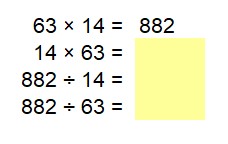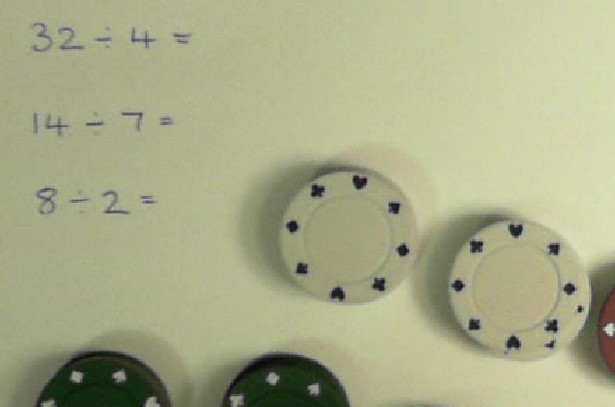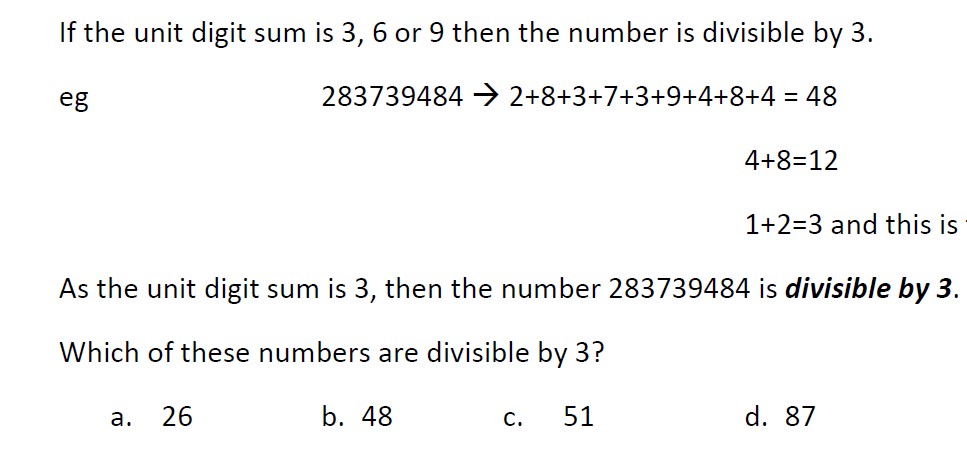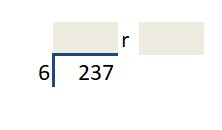Reasoning

This self-marking spreadsheet has exercises on completing a times table grid, writing out the number facts for multiplication and division, filling in an unknown number and completing a sequence.

Division can be thought of as the opposite of multiplication. Of the four number operations, it is probably the one which people find most difficult. In division, we refer to different parts of the equation by different names. The dividend divided by the divisor equals the quotient.
A tip to make division much easier is to write out the times table of the divisor up to ten. So if you had the problem 3829 divided by 17, you would write out the numbers 1 to 10 in a column and next to them write 17, 34, 51, 68, 85, ...up to 170. Try it: I think you might find it easier.
Often, in division, there is a bit left over called the remainder. What should you do with that? You need to be able to do all three options. Firstly, leave it as a remainder (as this comes in really important when studying number theory later). Secondly, and my preferred option, is to make the remainder the numerator in a fraction and use the divisor as the denominator. The third option is to continue the calculation as decimals until either the quotient terminates or starts to recur.
Coupled with division is the notion of divisibility and whether one number divides another number to give a quotient which is an integer. There are various rules to help with this notion and some of them are given in the worksheets below.

This self-marking spreadsheet has exercises on completing a times table grid, writing out the number facts for multiplication and division, filling in an unknown number and completing a sequence.

A video showing how you can use counters to divide things up. This is to help secure the concept of division and show what you are actually doing. It might be more suited to younger students.

This exercise gives the divisibility rules for 2,3,5, 6 and 9 and has some questions to allow students to test these methods.

This self-marking spreadsheet begins with completing a sequence. It then goes on to cover subtraction. This is followed by some short division questions with remainders and finally, there are some problems to do.